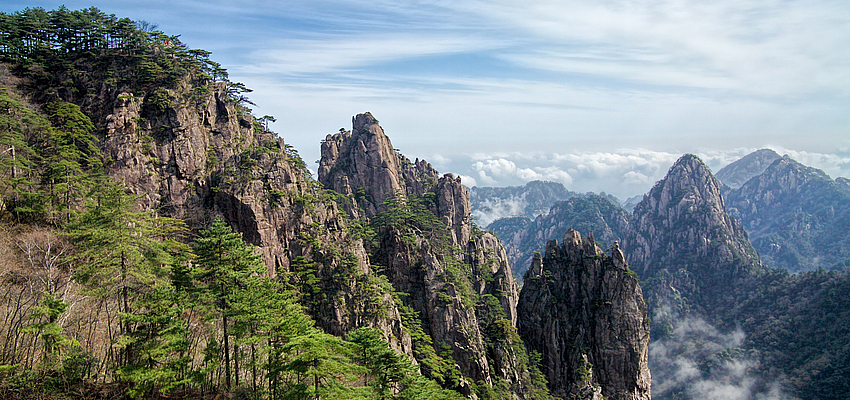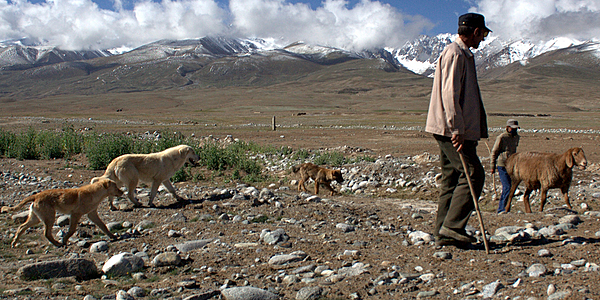


The diversity of the country will surprise lovers of wide open spaces, with 40% of the country by land area being above 2,000 meters in elevation. That really tells you something! In addition, Chinese mountains are some of the highest in the world.
North of the Himalayas, which separate China's sphere of influence from the Indian sphere, is the Tibetan Plateau, framed by the Karakoram and the Kunlun Mountains. Nature here is startling. Half-way between a sandy region and a marshy region, it contains a number of salt lakes and a wide variety of different landscapes. Meanwhile, a little further on, in the north west, China is home to two desert basins that are separated by the Tian Shan Range.
A little further south, near the Tarim Basin, land that is rich in coal, crude oil and mineral wealth appears. The plant and animal life is varied and abundant. Further north, an arid region marks the border with Mongolia. The Altai Mountains and the Gobi Desert set the tone. It's a resource that is unique throughout the world, and one which photographers will enjoy capturing on camera. Animals and plants adapt to a difficult environment and extreme living conditions. Ibexes, wild sheep, snow leopards, beavers, and birds of prey live in harmony. They survive in a hostile environment that demands respect. You can't help but admire the plants that are all around, especially the pretty bushes that bloom in the sand during May.

As soon as you leave the west and head toward the center and east, the mountains change shape. They become less and less high, and it becomes possible to identify distinct geographic features.
There is the impressive Mongolian Plateau to the north of the Great Wall. Located at an altitude of 1,000 meters, it has a wild character all of its own. Further on, the Yin Mountains reach a height of 1,400 meters. Bit by bit, the population becomes increasingly dense as you head further south, toward the plains of the Yang Tse Jiang.
Here, you find a very pleasant, tropical climate that allows for an annual rice harvest. The rice fields are a pleasure to watch. The same goes for the tea fields a little further on. The atmosphere is quaint and charming, and the names of the places are evocative. For example, in the south, there is the "Pearl River Delta." An enchanting place. In this area, the coastal regions are made up of plains and low hills. The landscape is well suited to agriculture. This is also the region where China's three major rivers reach the sea, forming deltas.